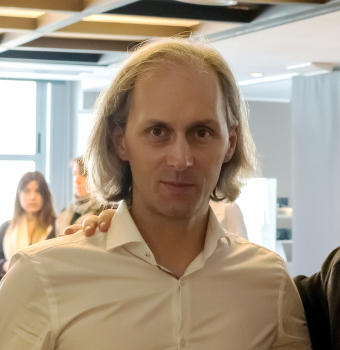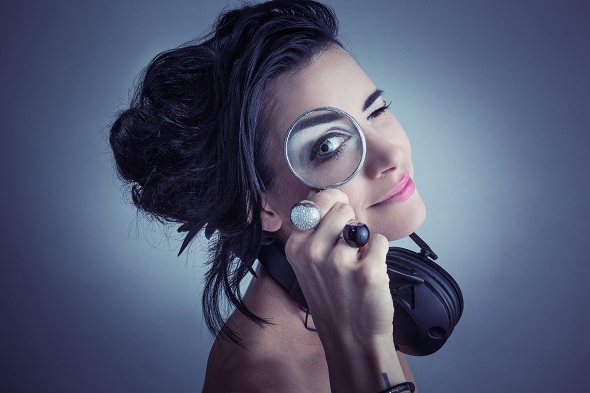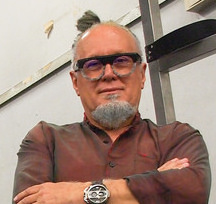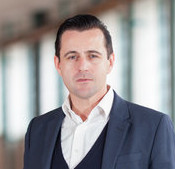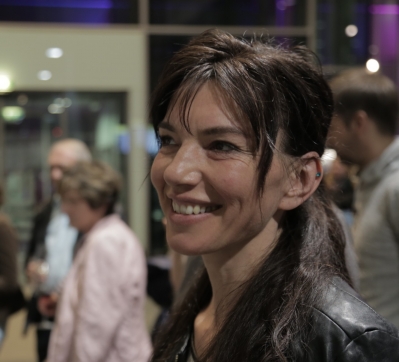ARTIFICIAL INTELLIGENCE / THE OTHER I
This Hackathon will take place during the Ars Electronica Festival 2017 in Linz, Austria. This year’s theme is “Artificial Intelligence / The other I”.
There are several predefined projects at the hackathon, which the participants can choose to work on. Below the projects are described in detail including hard- and software specifications as well as the number of possible participants for each project. In the BR41N.IO Hackathon, motor imagery and EP based systems are mostly used to control the applications. Specific hardware for the projects will be provided, however, software should already be installed on your personal laptop before you come to the hackathon.
Who can participate?
Anyone with interests in BMI, BCI, robotics, AR, VR, machine learning, sensors, human-machine interface systems, control, signal processing, big data, haptics, arts, media arts, design, fashion, and similar areas.
What's in there for you?
Be creative, think outside the box. The Hackathon is fun and gets you to network and collaborate with other Geeks. Of course, there will be prizes for the best 3 programming and artistic projects each. The Hackathon Ceremony takes place right after your final presentations.
As a hackathon participant you receive a Festival Pass worth € 140 for free, which gives you access to all events including conferences and panels, entry to the POSTCITY, Ars Electronica Center, LENTOS art museum, as well as to the OK at OÖ Kulturquartier. The Festival Pass includes one voucher for a WE GUIDE YOU POSTCITY Tour. Find more details in the Festival Program.
Final deadline: Monday, September 4th 2017!
The application deadline for the BR41N.IO Hackathon during the Ars Electronica Festival has been extented until September 4, 2017. Apply here for your favorite project.
PROJECTS
HACKING PROJECTS
Dream Painting
To use the dream painting app, the user is wearing an unicorn headset while sleeping. When he wakes up, he will get an image created according to his EEG signals.
soft-/hardware specifications: unicorn
participants: 2 groups, 3-5 people per group
skills: Basic programming skills (Matlab, Simulink, C#)
Flight Control
The unicorn is supported by the P300 based spelling application intendiX. It is possible to move a drone with intendiX.
soft-/hardware specifications: unicorn, drone
participants: 2 groups, 3-5 people per group
skills: Basic programming skills (Java)
Unity Games | Avatar Control
Develop your own BCI controlled Unity game.
soft-/hardware specifications: g.Nautilus
participants: 2 groups, 3-5 people per group
Skills: Basic programming skills (Matlab, Simulink, C#), Basic graphics programming with Unity
e-puck Control
It is possible to control an e-puck with the P300 based spelling application intendiX. Watch the e-puck Control video.
soft-/hardware specifications: unicorn, e-puck
participants: 2 groups, 3-5 people per group
skills: Basic programming skills (C#)
intendiX/extendiX Smart Home
The unicorn is supported by the P300 based spelling application intendiX. It is possible to control home devices such as lamps, radios or television. Watch the intendiX/extendiX Smart Home video.
soft-/hardware specifications: unicorn, everyday objects (bring your own objects)
participants: 2 groups, 3-5 people per group
skills: Basic programming skills (C#)
Sphero SPRK Control
The unicorn is supported by the P300 based spelling application intendiX. It is possible to controll a robotic ball called Sphero with intendiX. Watch the Sphero Control video.
soft-/hardware specifications: unicorn, Sphero
participants: 2 groups, 3-5 people per group
skills: Basic programming skills (C#)
Camera
It is possible to record videos, while recording EEG with an unicorn amplifier. Go and record your surrounding by only wearing a BCI Headset.
soft-/hardware specifications: unicorn, cameras
participants: 2 groups, 3-5 people per group
skills: Basic programming skills (Matlab, Simulink)
Connect intendiX w/ Social Media
The unicorn amplifier is supported by the P300 based spelling application intendiX. When connected to Twitter or Facebook, status updated can be written. Watch the intendiX Social Media video.
soft-/hardware specifications: unicorn
participants: 2 groups, 3-5 people per group
skills: Basic programming skills (C#)
FES Control
It is possible to control a FES using a unicorn amplifier with motor imagery. It is possible to move a FES by thinking about left or right hand motion.
soft-/hardware specifications: unicorn, FES
participants: 2 groups, 3-5 people per group
skills: Basic programming skills (Matlab, Simulink)
Orthosis Control
It is possible to control a 3D printed orthosis using a unicorn amplifier with motor imagery. It is possible to move an orthosis by thinking about left or right hand motion. Watch the Orthosis Control video.
soft-/hardware specifications: unicorn, orthesis
participants: 2 groups, 3-5 people per group
Skills: Basic programming skills (Matlab, Simulink)
ARTISTIC PROJECTS
intendiX Painting
Create images according to your EEG signals.
soft-/hardware specifications: unicorn
participants: 2 groups, 3-5 people per group
Use intendiX for Social Media
Use the P300 based spelling application intendiX to update your status on Twitter or Facebook. Watch the intendiX Social Media video.
soft-/hardware specifications: unicorn
participants: 2 groups, 3-5 people per group
Design Headsets Using 3D Printing
Expand your EEG Headset with your own 3d printed parts. Let them move, light, hold things or simply look nice. Watch the 3D Headset Design video.
soft-/hardware specifications: 3D printer, 3D freeware
participants: 2 group, 3-5 people per group
Skills: Basic CAD
Design Headsets Using Sewing Machines
Expand your EEG Headset with a hat designed to keep all electrodes in their intended position.
soft-/hardware specifications: sewing machines and material
participants: 10 people
FOR CHILDREN
Little BITs of Fun
Kids and their parents can join together anytime and stay as long as they want to handicraft headsets based on their imagination.
soft-/hardware specifications: none
participants: unlimited
HACKATHON JURY
Markus Wintersberger (AT)
Professor at the University of Applied Sciences St. Pölten, Department of Media and Digital Technologies
THAT WAS LINZ 2017. THANK YOU!
1. PLACE WINNER
Team "Smart Home"
Team Smart.Home combined the EEG system Unicorn with a P300 application to control a smart home environment. This was done with a mini-server smart home environment from Loxone.
Team members: Conny Walchshofer, Daniel Pfeil, Siming Bayer, Haruna Okawa, Natalia Jurado, Philip Doueihi, Robert Hanus
2. PLACE WINNER
Team "The Ant"
This one-man team created a 3D printed ant-shaped EEG headset. The ant holds all electrodes with its legs in the intended positions and the biosignal amplifier with its main body.
Team member: Franci Kopac
3. PLACE WINNER
Team "Thumbs Up"
This team added a thumb support as fifth finger to an orthosis that originally supported four fingers.
Team members: Michael Lang, Christian Maurer, Patrick Scholl, Jonathan Schiefer
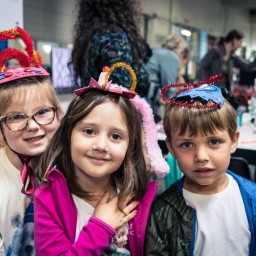 BR41N IO-Linz-2017-1600px-1
BR41N IO-Linz-2017-1600px-1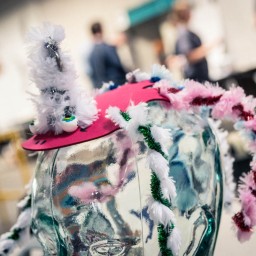 BR41N IO-Linz-2017-1600px-2
BR41N IO-Linz-2017-1600px-2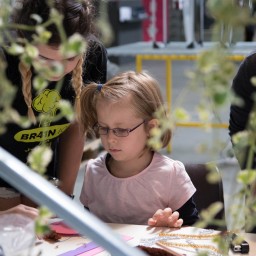 BR41N IO-Linz-2017-1600px-3
BR41N IO-Linz-2017-1600px-3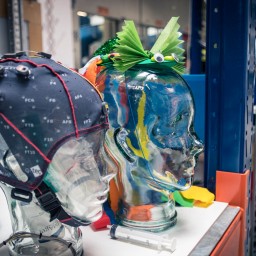 BR41N IO-Linz-2017-1600px-4
BR41N IO-Linz-2017-1600px-4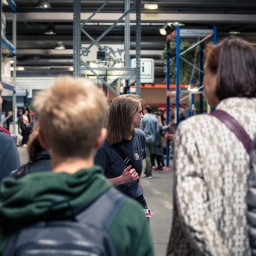 BR41N IO-Linz-2017-1600px-5
BR41N IO-Linz-2017-1600px-5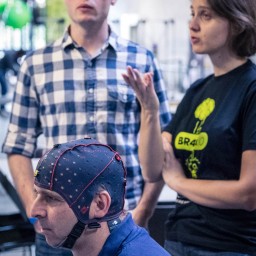 BR41N IO-Linz-2017-1600px-6
BR41N IO-Linz-2017-1600px-6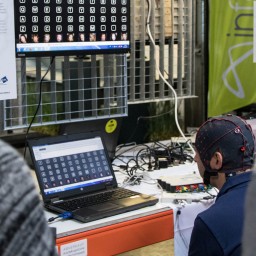 BR41N IO-Linz-2017-1600px-7
BR41N IO-Linz-2017-1600px-7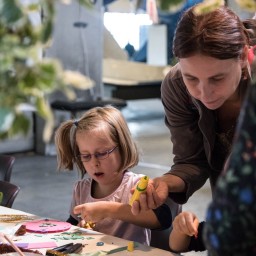 BR41N IO-Linz-2017-1600px-8
BR41N IO-Linz-2017-1600px-8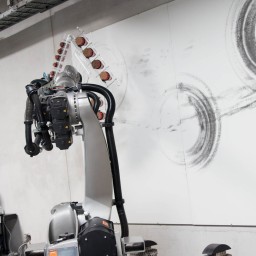 BR41N IO-Linz-2017-1600px-9
BR41N IO-Linz-2017-1600px-9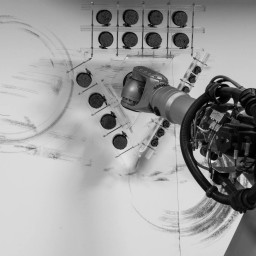 BR41N IO-Linz-2017-1600px-10
BR41N IO-Linz-2017-1600px-10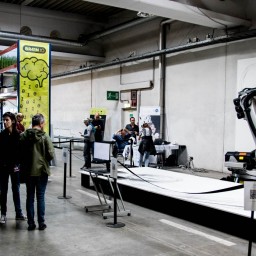 BR41N IO-Linz-2017-1600px-11
BR41N IO-Linz-2017-1600px-11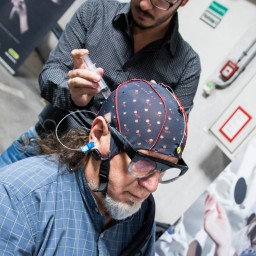 BR41N IO-Linz-2017-1600px-12
BR41N IO-Linz-2017-1600px-12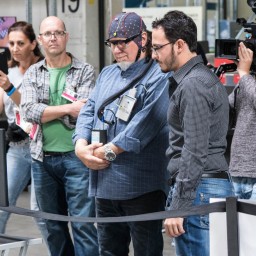 BR41N IO-Linz-2017-1600px-13
BR41N IO-Linz-2017-1600px-13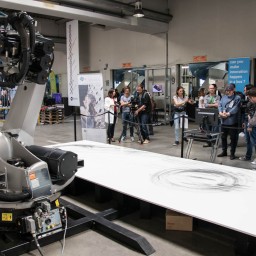 BR41N IO-Linz-2017-1600px-14
BR41N IO-Linz-2017-1600px-14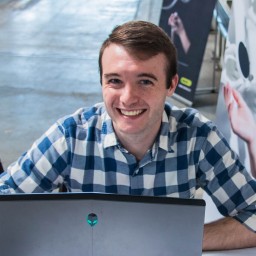 BR41N IO-Linz-2017-1600px-15
BR41N IO-Linz-2017-1600px-15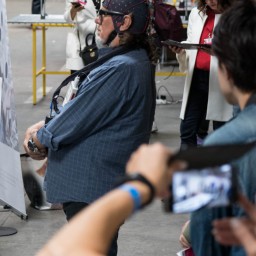 BR41N IO-Linz-2017-1600px-16
BR41N IO-Linz-2017-1600px-16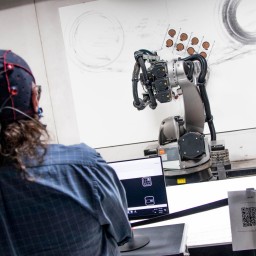 BR41N IO-Linz-2017-1600px-17
BR41N IO-Linz-2017-1600px-17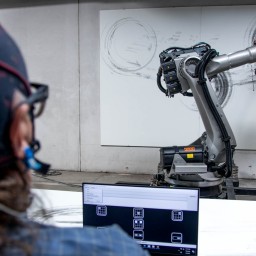 BR41N IO-Linz-2017-1600px-18
BR41N IO-Linz-2017-1600px-18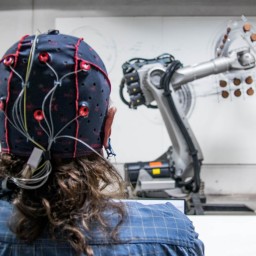 BR41N IO-Linz-2017-1600px-19
BR41N IO-Linz-2017-1600px-19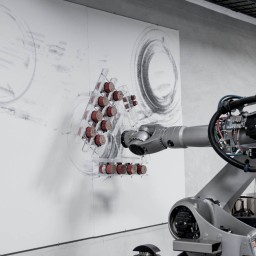 BR41N IO-Linz-2017-1600px-20
BR41N IO-Linz-2017-1600px-20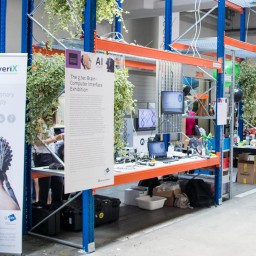 BR41N IO-Linz-2017-1600px-21
BR41N IO-Linz-2017-1600px-21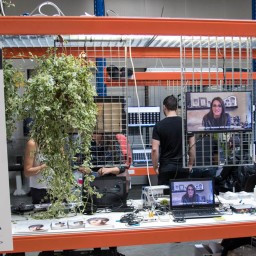 BR41N IO-Linz-2017-1600px-22
BR41N IO-Linz-2017-1600px-22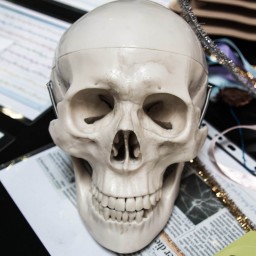 BR41N IO-Linz-2017-1600px-23
BR41N IO-Linz-2017-1600px-23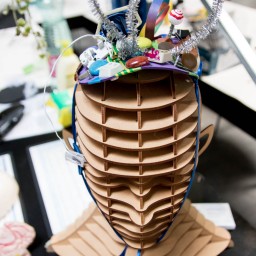 BR41N IO-Linz-2017-1600px-24
BR41N IO-Linz-2017-1600px-24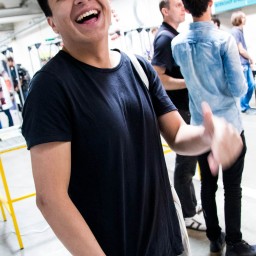 BR41N IO-Linz-2017-1600px-25
BR41N IO-Linz-2017-1600px-25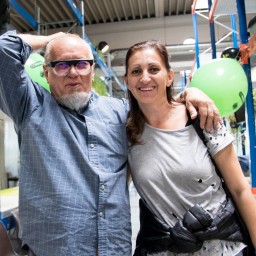 BR41N IO-Linz-2017-1600px-26
BR41N IO-Linz-2017-1600px-26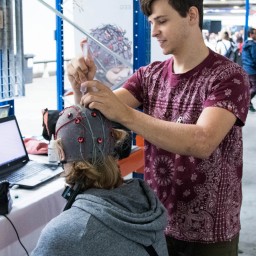 BR41N IO-Linz-2017-1600px-27
BR41N IO-Linz-2017-1600px-27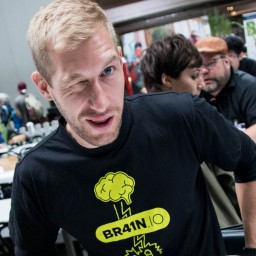 BR41N IO-Linz-2017-1600px-28
BR41N IO-Linz-2017-1600px-28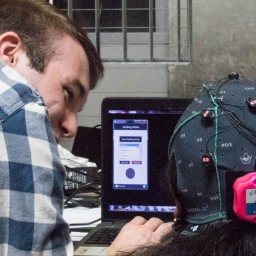 BR41N IO-Linz-2017-1600px-29
BR41N IO-Linz-2017-1600px-29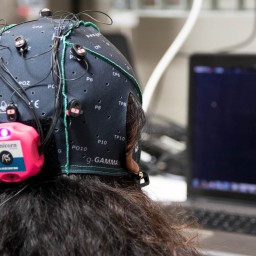 BR41N IO-Linz-2017-1600px-30
BR41N IO-Linz-2017-1600px-30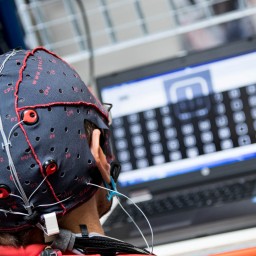 BR41N IO-Linz-2017-1600px-31
BR41N IO-Linz-2017-1600px-31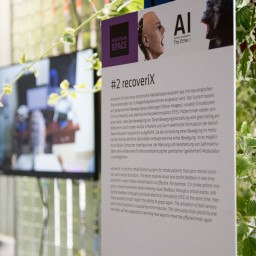 BR41N IO-Linz-2017-1600px-32
BR41N IO-Linz-2017-1600px-32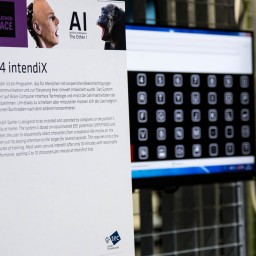 BR41N IO-Linz-2017-1600px-33
BR41N IO-Linz-2017-1600px-33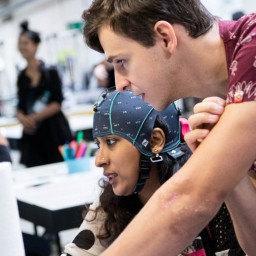 BR41N IO-Linz-2017-1600px-34
BR41N IO-Linz-2017-1600px-34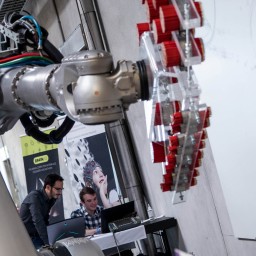 BR41N IO-Linz-2017-1600px-35
BR41N IO-Linz-2017-1600px-35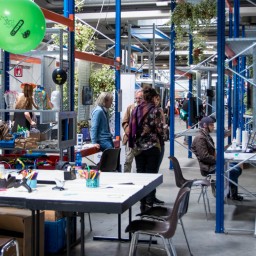 BR41N IO-Linz-2017-1600px-36
BR41N IO-Linz-2017-1600px-36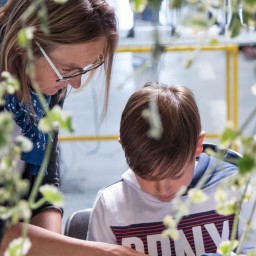 BR41N IO-Linz-2017-1600px-37
BR41N IO-Linz-2017-1600px-37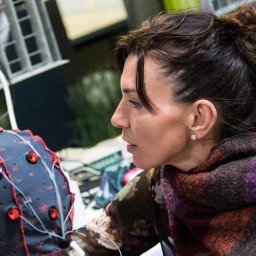 BR41N IO-Linz-2017-1600px-38
BR41N IO-Linz-2017-1600px-38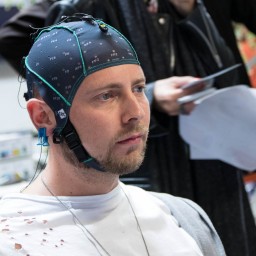 BR41N IO-Linz-2017-1600px-39
BR41N IO-Linz-2017-1600px-39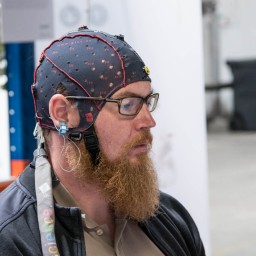 BR41N IO-Linz-2017-1600px-40
BR41N IO-Linz-2017-1600px-40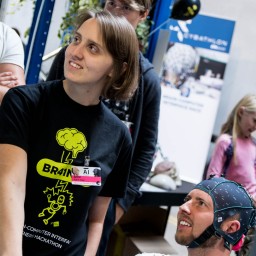 BR41N IO-Linz-2017-1600px-41
BR41N IO-Linz-2017-1600px-41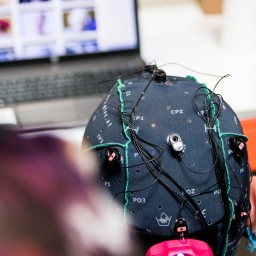 BR41N IO-Linz-2017-1600px-42
BR41N IO-Linz-2017-1600px-42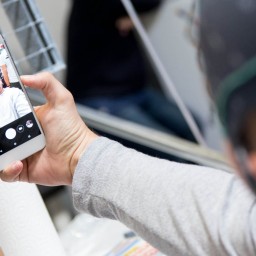 BR41N IO-Linz-2017-1600px-43
BR41N IO-Linz-2017-1600px-43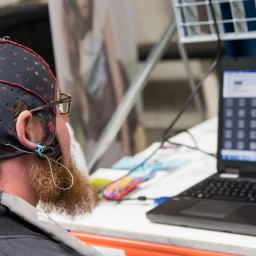 BR41N IO-Linz-2017-1600px-44
BR41N IO-Linz-2017-1600px-44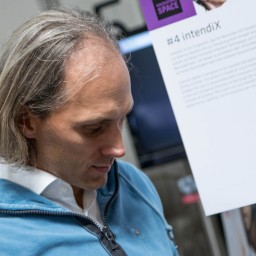 BR41N IO-Linz-2017-1600px-45
BR41N IO-Linz-2017-1600px-45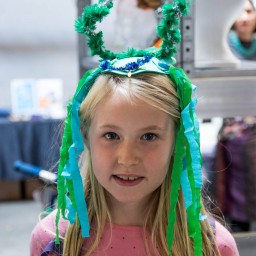 BR41N IO-Linz-2017-1600px-46
BR41N IO-Linz-2017-1600px-46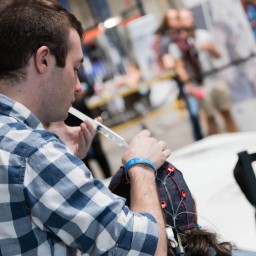 BR41N IO-Linz-2017-1600px-47
BR41N IO-Linz-2017-1600px-47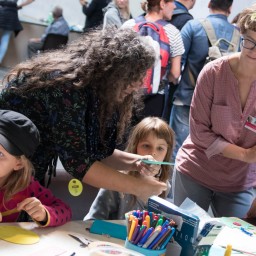 BR41N IO-Linz-2017-1600px-48
BR41N IO-Linz-2017-1600px-48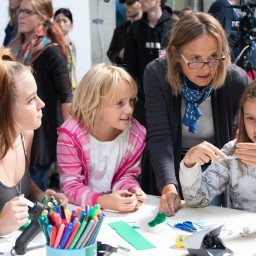 BR41N IO-Linz-2017-1600px-49
BR41N IO-Linz-2017-1600px-49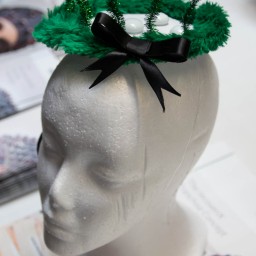 BR41N IO-Linz-2017-1600px-50
BR41N IO-Linz-2017-1600px-50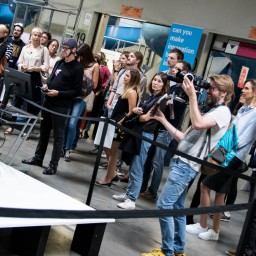 BR41N IO-Linz-2017-1600px-51
BR41N IO-Linz-2017-1600px-51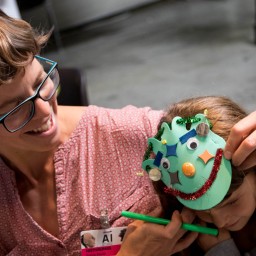 BR41N IO-Linz-2017-1600px-52
BR41N IO-Linz-2017-1600px-52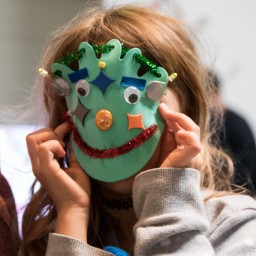 BR41N IO-Linz-2017-1600px-53
BR41N IO-Linz-2017-1600px-53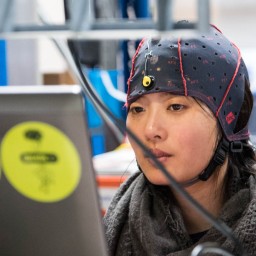 BR41N IO-Linz-2017-1600px-54
BR41N IO-Linz-2017-1600px-54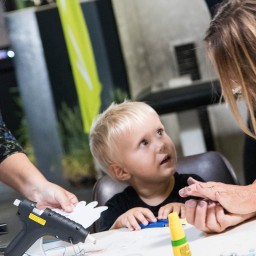 BR41N IO-Linz-2017-1600px-55
BR41N IO-Linz-2017-1600px-55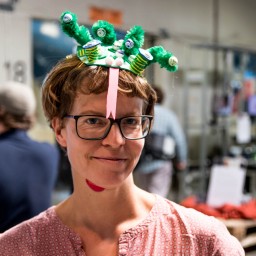 BR41N IO-Linz-2017-1600px-56
BR41N IO-Linz-2017-1600px-56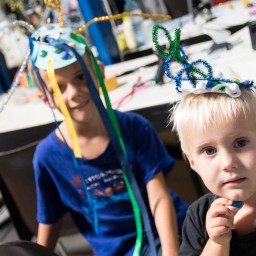 BR41N IO-Linz-2017-1600px-57
BR41N IO-Linz-2017-1600px-57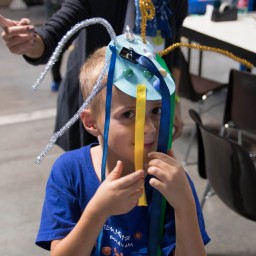 BR41N IO-Linz-2017-1600px-58
BR41N IO-Linz-2017-1600px-58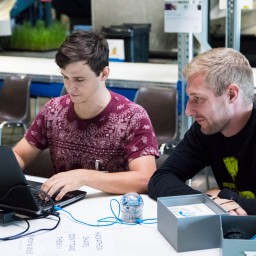 BR41N IO-Linz-2017-1600px-59
BR41N IO-Linz-2017-1600px-59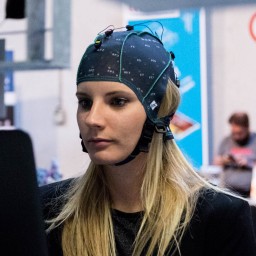 BR41N IO-Linz-2017-1600px-60
BR41N IO-Linz-2017-1600px-60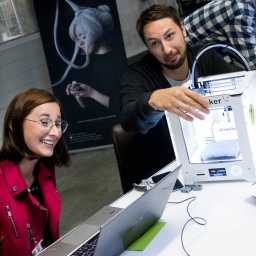 BR41N IO-Linz-2017-1600px-61
BR41N IO-Linz-2017-1600px-61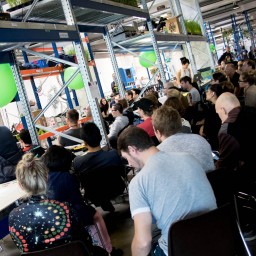 BR41N IO-Linz-2017-1600px-62
BR41N IO-Linz-2017-1600px-62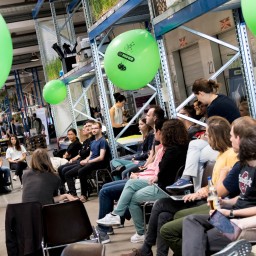 BR41N IO-Linz-2017-1600px-63
BR41N IO-Linz-2017-1600px-63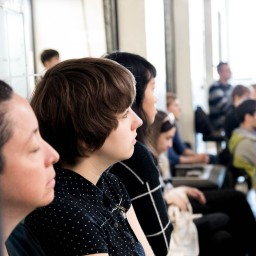 BR41N IO-Linz-2017-1600px-64
BR41N IO-Linz-2017-1600px-64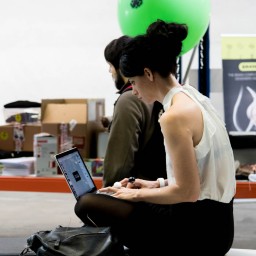 BR41N IO-Linz-2017-1600px-65
BR41N IO-Linz-2017-1600px-65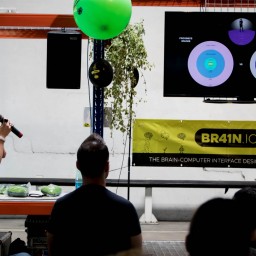 BR41N IO-Linz-2017-1600px-66
BR41N IO-Linz-2017-1600px-66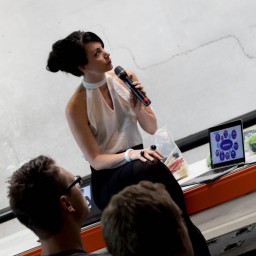 BR41N IO-Linz-2017-1600px-67
BR41N IO-Linz-2017-1600px-67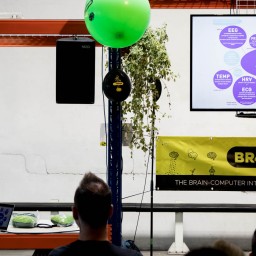 BR41N IO-Linz-2017-1600px-68
BR41N IO-Linz-2017-1600px-68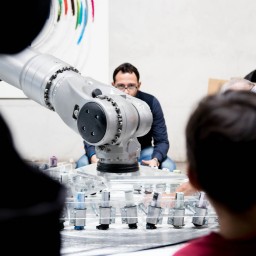 BR41N IO-Linz-2017-1600px-69
BR41N IO-Linz-2017-1600px-69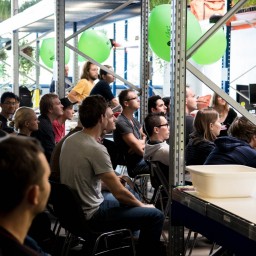 BR41N IO-Linz-2017-1600px-70
BR41N IO-Linz-2017-1600px-70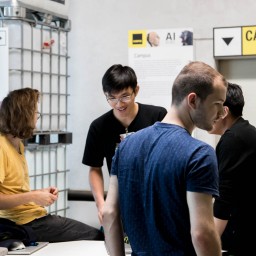 BR41N IO-Linz-2017-1600px-71
BR41N IO-Linz-2017-1600px-71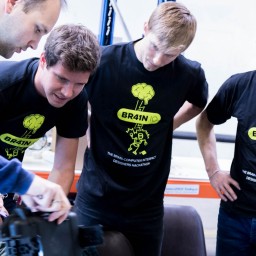 BR41N IO-Linz-2017-1600px-72
BR41N IO-Linz-2017-1600px-72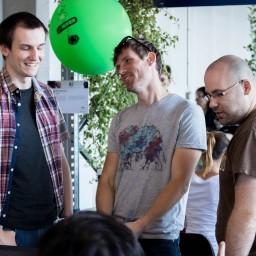 BR41N IO-Linz-2017-1600px-73
BR41N IO-Linz-2017-1600px-73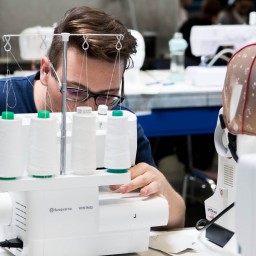 BR41N IO-Linz-2017-1600px-74
BR41N IO-Linz-2017-1600px-74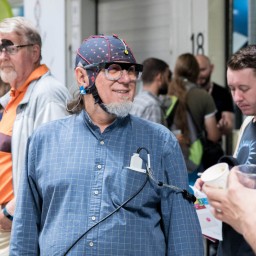 BR41N IO-Linz-2017-1600px-75
BR41N IO-Linz-2017-1600px-75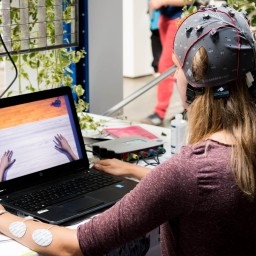 BR41N IO-Linz-2017-1600px-76
BR41N IO-Linz-2017-1600px-76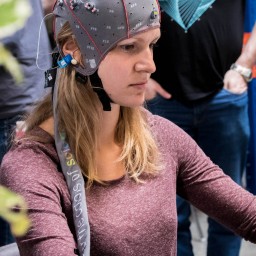 BR41N IO-Linz-2017-1600px-77
BR41N IO-Linz-2017-1600px-77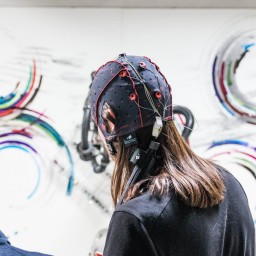 BR41N IO-Linz-2017-1600px-78
BR41N IO-Linz-2017-1600px-78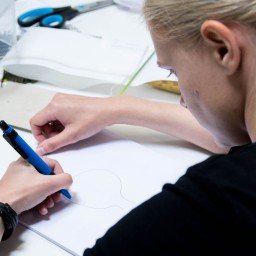 BR41N IO-Linz-2017-1600px-79
BR41N IO-Linz-2017-1600px-79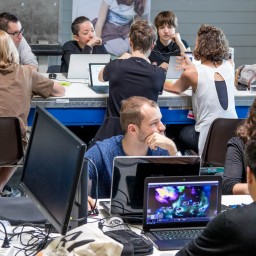 BR41N IO-Linz-2017-1600px-80
BR41N IO-Linz-2017-1600px-80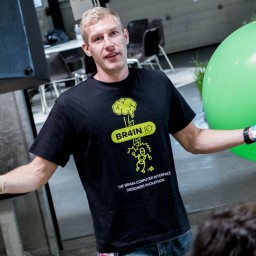 BR41N IO-Linz-2017-1600px-81
BR41N IO-Linz-2017-1600px-81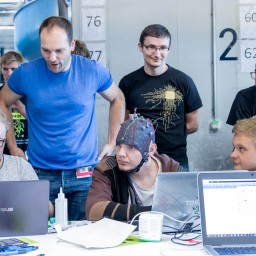 BR41N IO-Linz-2017-1600px-82
BR41N IO-Linz-2017-1600px-82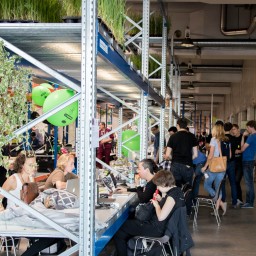 BR41N IO-Linz-2017-1600px-83
BR41N IO-Linz-2017-1600px-83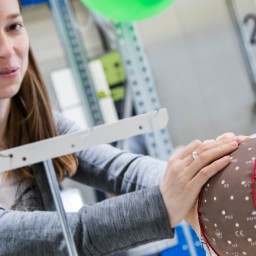 BR41N IO-Linz-2017-1600px-84
BR41N IO-Linz-2017-1600px-84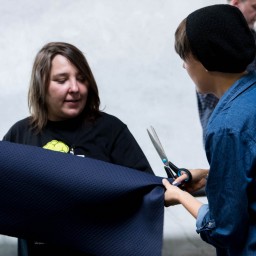 BR41N IO-Linz-2017-1600px-85
BR41N IO-Linz-2017-1600px-85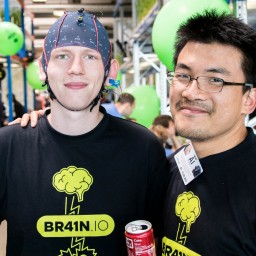 BR41N IO-Linz-2017-1600px-86
BR41N IO-Linz-2017-1600px-86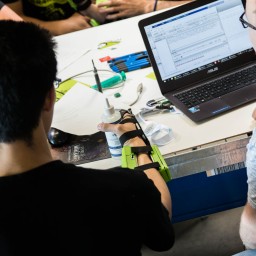 BR41N IO-Linz-2017-1600px-87
BR41N IO-Linz-2017-1600px-87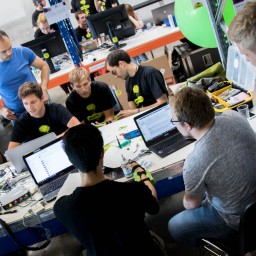 BR41N IO-Linz-2017-1600px-88
BR41N IO-Linz-2017-1600px-88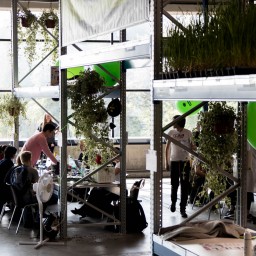 BR41N IO-Linz-2017-1600px-89
BR41N IO-Linz-2017-1600px-89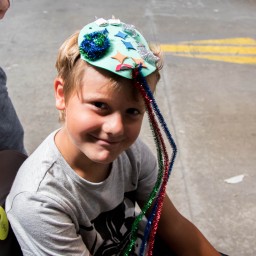 BR41N IO-Linz-2017-1600px-90
BR41N IO-Linz-2017-1600px-90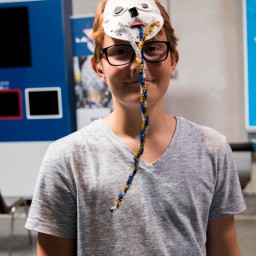 BR41N IO-Linz-2017-1600px-91
BR41N IO-Linz-2017-1600px-91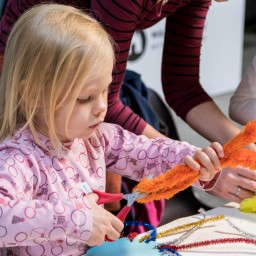 BR41N IO-Linz-2017-1600px-92
BR41N IO-Linz-2017-1600px-92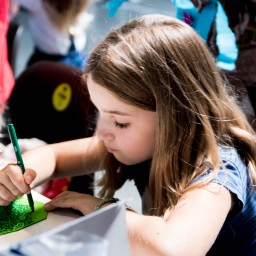 BR41N IO-Linz-2017-1600px-93
BR41N IO-Linz-2017-1600px-93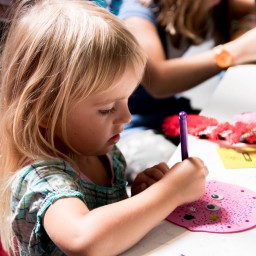 BR41N IO-Linz-2017-1600px-94
BR41N IO-Linz-2017-1600px-94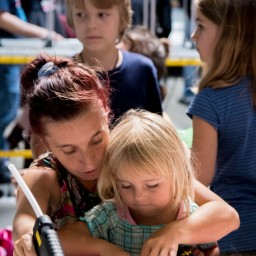 BR41N IO-Linz-2017-1600px-95
BR41N IO-Linz-2017-1600px-95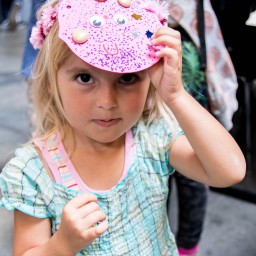 BR41N IO-Linz-2017-1600px-96
BR41N IO-Linz-2017-1600px-96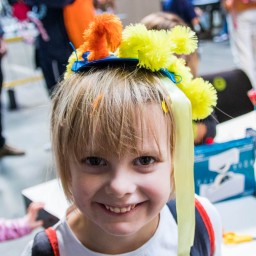 BR41N IO-Linz-2017-1600px-97
BR41N IO-Linz-2017-1600px-97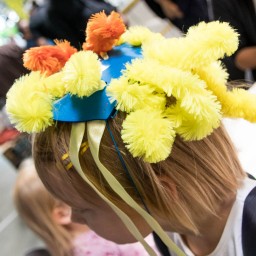 BR41N IO-Linz-2017-1600px-98
BR41N IO-Linz-2017-1600px-98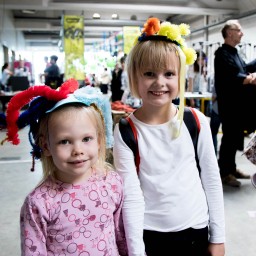 BR41N IO-Linz-2017-1600px-99
BR41N IO-Linz-2017-1600px-99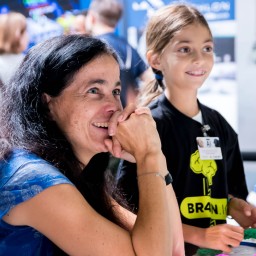 BR41N IO-Linz-2017-1600px-100
BR41N IO-Linz-2017-1600px-100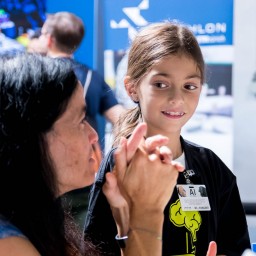 BR41N IO-Linz-2017-1600px-101
BR41N IO-Linz-2017-1600px-101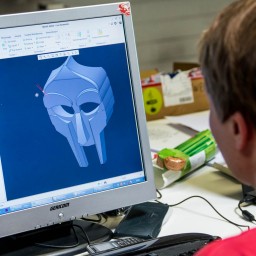 BR41N IO-Linz-2017-1600px-102
BR41N IO-Linz-2017-1600px-102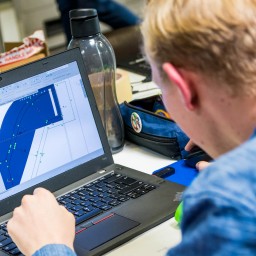 BR41N IO-Linz-2017-1600px-103
BR41N IO-Linz-2017-1600px-103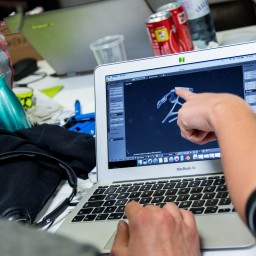 BR41N IO-Linz-2017-1600px-104
BR41N IO-Linz-2017-1600px-104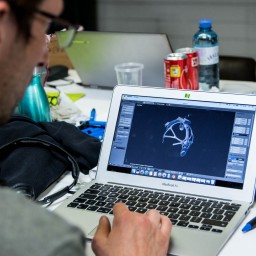 BR41N IO-Linz-2017-1600px-105
BR41N IO-Linz-2017-1600px-105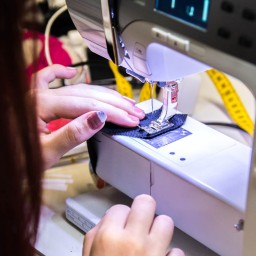 BR41N IO-Linz-2017-1600px-106
BR41N IO-Linz-2017-1600px-106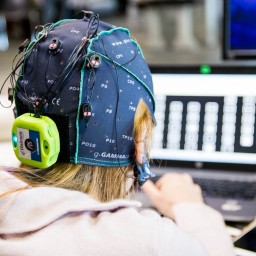 BR41N IO-Linz-2017-1600px-107
BR41N IO-Linz-2017-1600px-107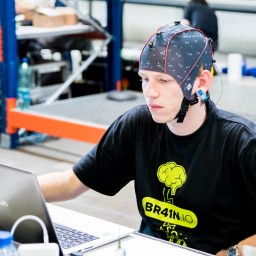 BR41N IO-Linz-2017-1600px-108
BR41N IO-Linz-2017-1600px-108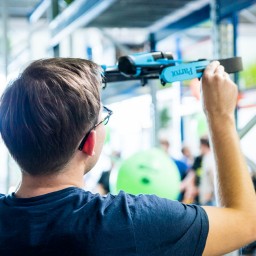 BR41N IO-Linz-2017-1600px-109
BR41N IO-Linz-2017-1600px-109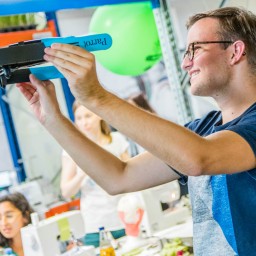 BR41N IO-Linz-2017-1600px-110
BR41N IO-Linz-2017-1600px-110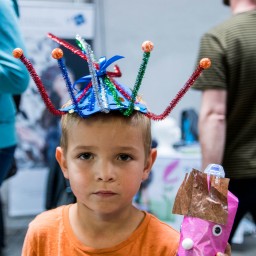 BR41N IO-Linz-2017-1600px-111
BR41N IO-Linz-2017-1600px-111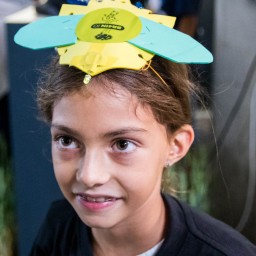 BR41N IO-Linz-2017-1600px-112
BR41N IO-Linz-2017-1600px-112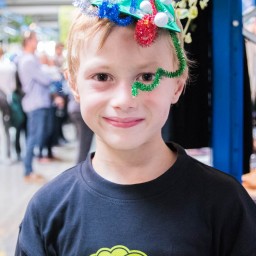 BR41N IO-Linz-2017-1600px-113
BR41N IO-Linz-2017-1600px-113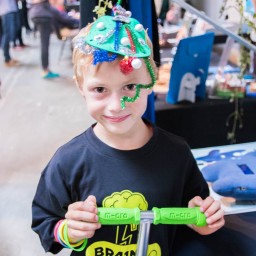 BR41N IO-Linz-2017-1600px-114
BR41N IO-Linz-2017-1600px-114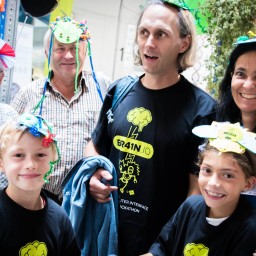 BR41N IO-Linz-2017-1600px-115
BR41N IO-Linz-2017-1600px-115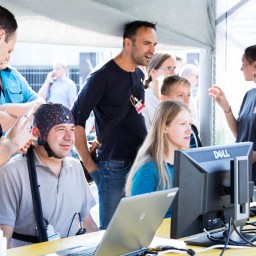 BR41N IO-Linz-2017-1600px-116
BR41N IO-Linz-2017-1600px-116 BR41N IO-Linz-2017-1600px-117
BR41N IO-Linz-2017-1600px-117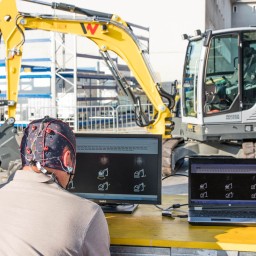 BR41N IO-Linz-2017-1600px-118
BR41N IO-Linz-2017-1600px-118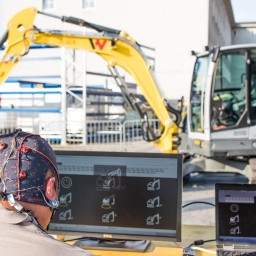 BR41N IO-Linz-2017-1600px-119
BR41N IO-Linz-2017-1600px-119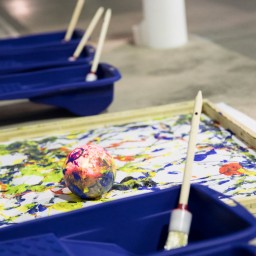 BR41N IO-Linz-2017-1600px-120
BR41N IO-Linz-2017-1600px-120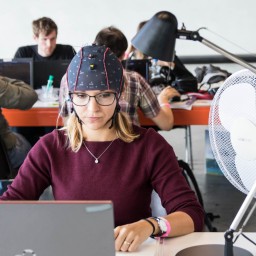 BR41N IO-Linz-2017-1600px-121
BR41N IO-Linz-2017-1600px-121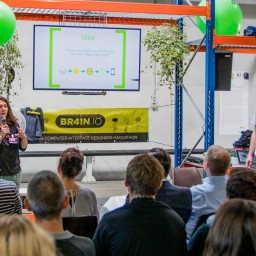 BR41N IO-Linz-2017-1600px-122
BR41N IO-Linz-2017-1600px-122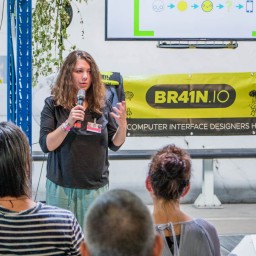 BR41N IO-Linz-2017-1600px-123
BR41N IO-Linz-2017-1600px-123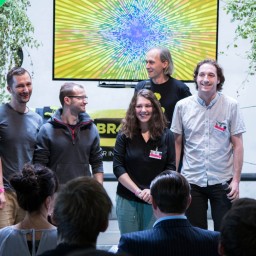 BR41N IO-Linz-2017-1600px-124
BR41N IO-Linz-2017-1600px-124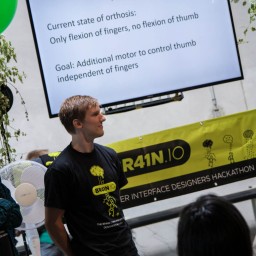 BR41N IO-Linz-2017-1600px-125
BR41N IO-Linz-2017-1600px-125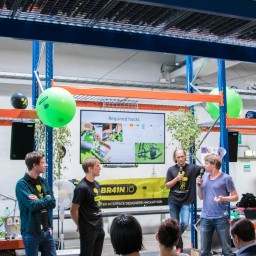 BR41N IO-Linz-2017-1600px-126
BR41N IO-Linz-2017-1600px-126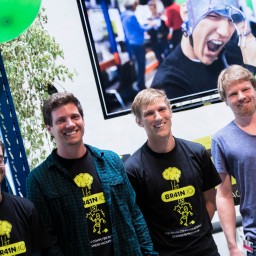 BR41N IO-Linz-2017-1600px-127
BR41N IO-Linz-2017-1600px-127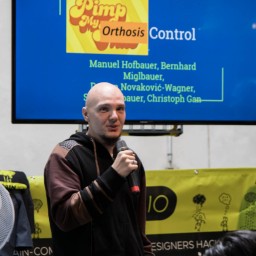 BR41N IO-Linz-2017-1600px-128
BR41N IO-Linz-2017-1600px-128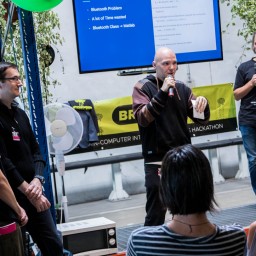 BR41N IO-Linz-2017-1600px-129
BR41N IO-Linz-2017-1600px-129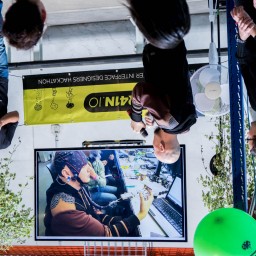 BR41N IO-Linz-2017-1600px-130
BR41N IO-Linz-2017-1600px-130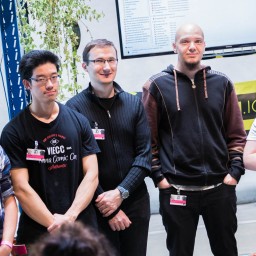 BR41N IO-Linz-2017-1600px-131
BR41N IO-Linz-2017-1600px-131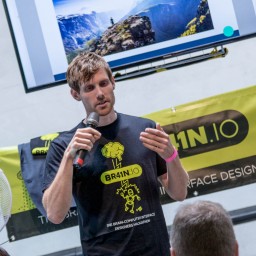 BR41N IO-Linz-2017-1600px-132
BR41N IO-Linz-2017-1600px-132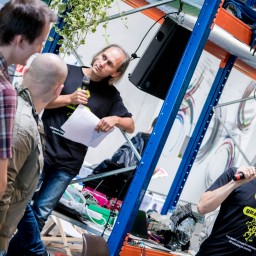 BR41N IO-Linz-2017-1600px-133
BR41N IO-Linz-2017-1600px-133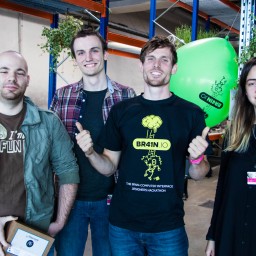 BR41N IO-Linz-2017-1600px-134
BR41N IO-Linz-2017-1600px-134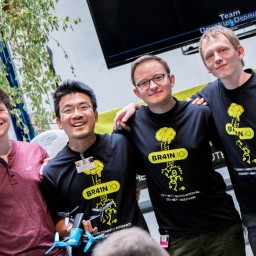 BR41N IO-Linz-2017-1600px-135
BR41N IO-Linz-2017-1600px-135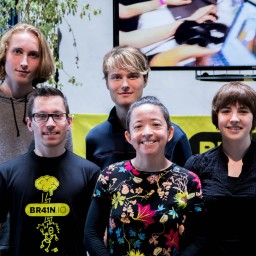 BR41N IO-Linz-2017-1600px-136
BR41N IO-Linz-2017-1600px-136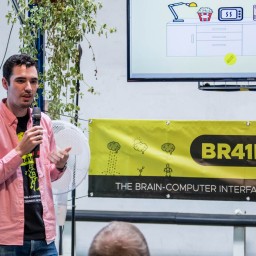 BR41N IO-Linz-2017-1600px-137
BR41N IO-Linz-2017-1600px-137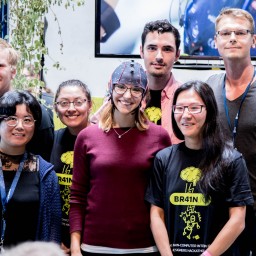 BR41N IO-Linz-2017-1600px-138
BR41N IO-Linz-2017-1600px-138 BR41N IO-Linz-2017-1600px-139
BR41N IO-Linz-2017-1600px-139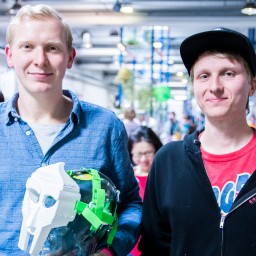 BR41N IO-Linz-2017-1600px-140
BR41N IO-Linz-2017-1600px-140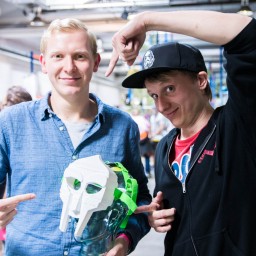 BR41N IO-Linz-2017-1600px-141
BR41N IO-Linz-2017-1600px-141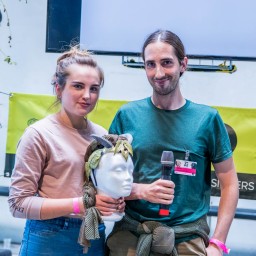 BR41N IO-Linz-2017-1600px-142
BR41N IO-Linz-2017-1600px-142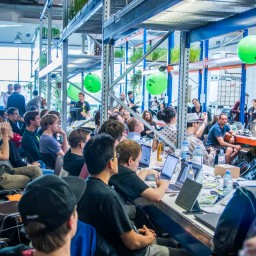 BR41N IO-Linz-2017-1600px-143
BR41N IO-Linz-2017-1600px-143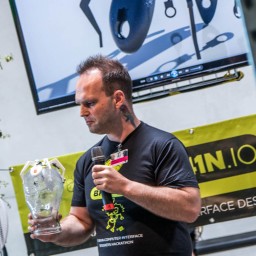 BR41N IO-Linz-2017-1600px-144
BR41N IO-Linz-2017-1600px-144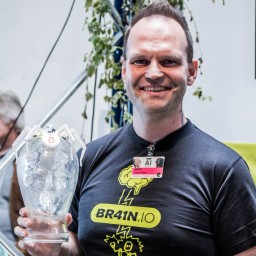 BR41N IO-Linz-2017-1600px-145
BR41N IO-Linz-2017-1600px-145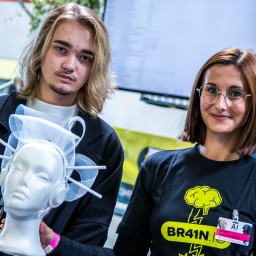 BR41N IO-Linz-2017-1600px-146
BR41N IO-Linz-2017-1600px-146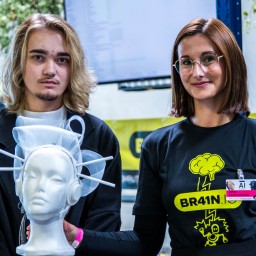 BR41N IO-Linz-2017-1600px-147
BR41N IO-Linz-2017-1600px-147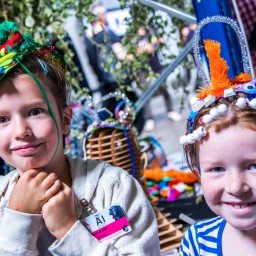 BR41N IO-Linz-2017-1600px-148
BR41N IO-Linz-2017-1600px-148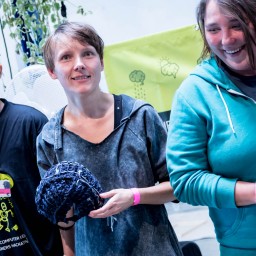 BR41N IO-Linz-2017-1600px-149
BR41N IO-Linz-2017-1600px-149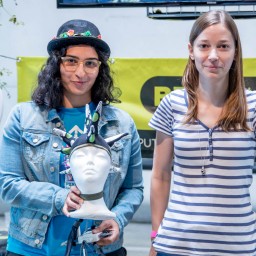 BR41N IO-Linz-2017-1600px-150
BR41N IO-Linz-2017-1600px-150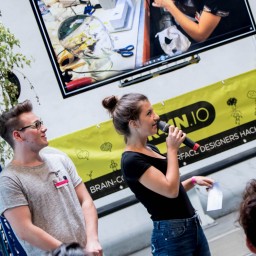 BR41N IO-Linz-2017-1600px-151
BR41N IO-Linz-2017-1600px-151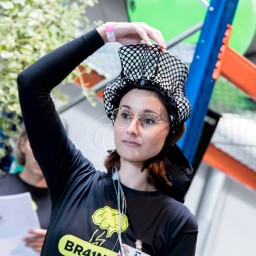 BR41N IO-Linz-2017-1600px-152
BR41N IO-Linz-2017-1600px-152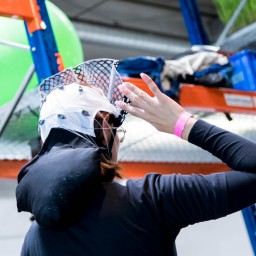 BR41N IO-Linz-2017-1600px-153
BR41N IO-Linz-2017-1600px-153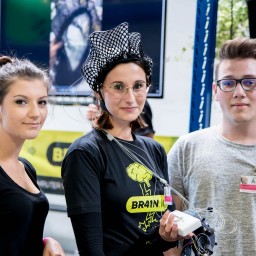 BR41N IO-Linz-2017-1600px-154
BR41N IO-Linz-2017-1600px-154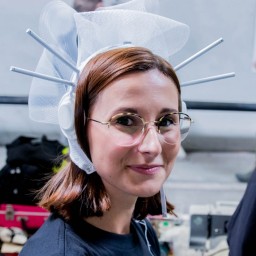 BR41N IO-Linz-2017-1600px-155
BR41N IO-Linz-2017-1600px-155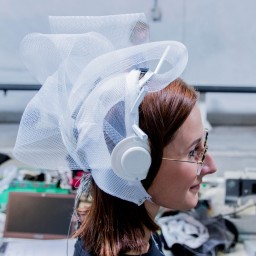 BR41N IO-Linz-2017-1600px-156
BR41N IO-Linz-2017-1600px-156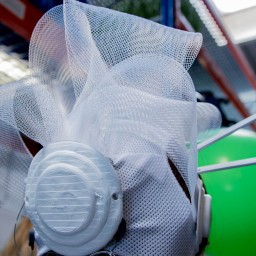 BR41N IO-Linz-2017-1600px-157
BR41N IO-Linz-2017-1600px-157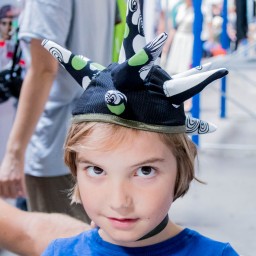 BR41N IO-Linz-2017-1600px-158
BR41N IO-Linz-2017-1600px-158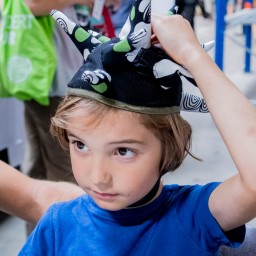 BR41N IO-Linz-2017-1600px-159
BR41N IO-Linz-2017-1600px-159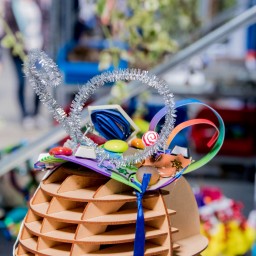 BR41N IO-Linz-2017-1600px-160
BR41N IO-Linz-2017-1600px-160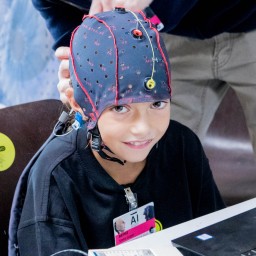 BR41N IO-Linz-2017-1600px-161
BR41N IO-Linz-2017-1600px-161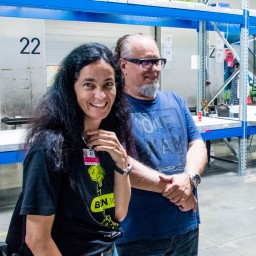 BR41N IO-Linz-2017-1600px-162
BR41N IO-Linz-2017-1600px-162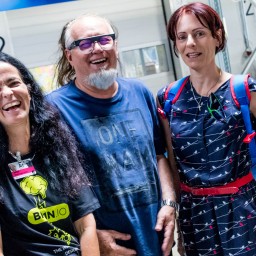 BR41N IO-Linz-2017-1600px-163
BR41N IO-Linz-2017-1600px-163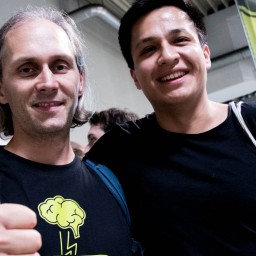 BR41N IO-Linz-2017-1600px-164
BR41N IO-Linz-2017-1600px-164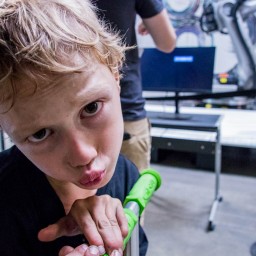 BR41N IO-Linz-2017-1600px-165
BR41N IO-Linz-2017-1600px-165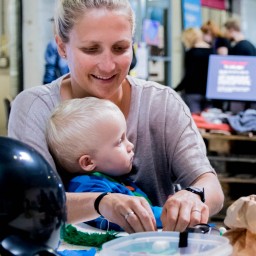 BR41N IO-Linz-2017-1600px-166
BR41N IO-Linz-2017-1600px-166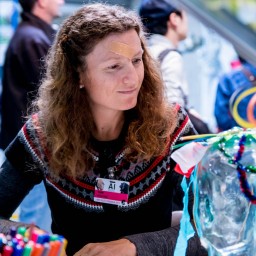 BR41N IO-Linz-2017-1600px-167
BR41N IO-Linz-2017-1600px-167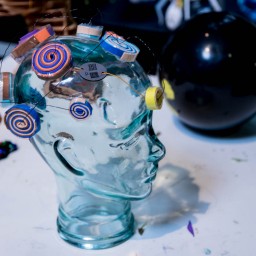 BR41N IO-Linz-2017-1600px-168
BR41N IO-Linz-2017-1600px-168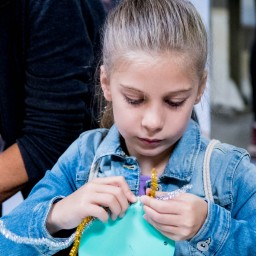 BR41N IO-Linz-2017-1600px-169
BR41N IO-Linz-2017-1600px-169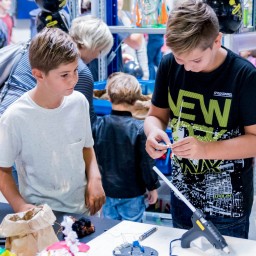 BR41N IO-Linz-2017-1600px-170
BR41N IO-Linz-2017-1600px-170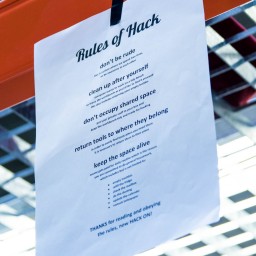 BR41N IO-Linz-2017-1600px-171
BR41N IO-Linz-2017-1600px-171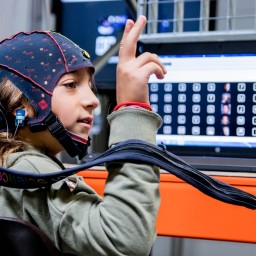 BR41N IO-Linz-2017-1600px-172
BR41N IO-Linz-2017-1600px-172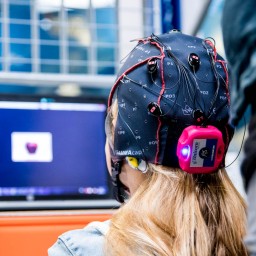 BR41N IO-Linz-2017-1600px-173
BR41N IO-Linz-2017-1600px-173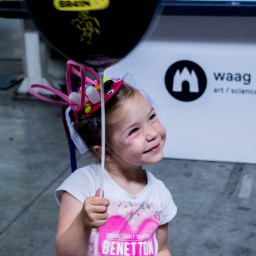 BR41N IO-Linz-2017-1600px-174
BR41N IO-Linz-2017-1600px-174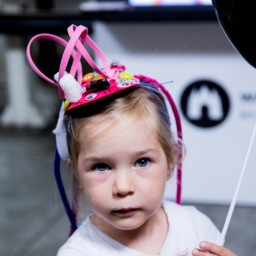 BR41N IO-Linz-2017-1600px-175
BR41N IO-Linz-2017-1600px-175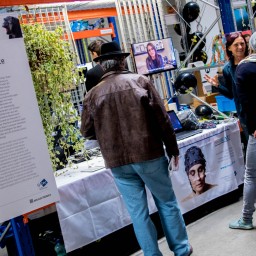 BR41N IO-Linz-2017-1600px-176
BR41N IO-Linz-2017-1600px-176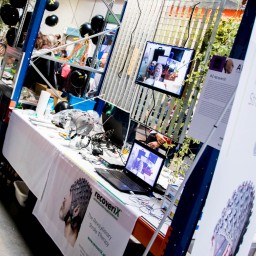 BR41N IO-Linz-2017-1600px-177
BR41N IO-Linz-2017-1600px-177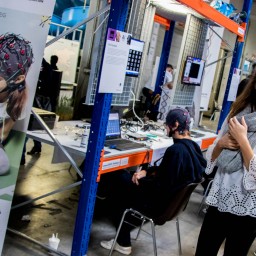 BR41N IO-Linz-2017-1600px-178
BR41N IO-Linz-2017-1600px-178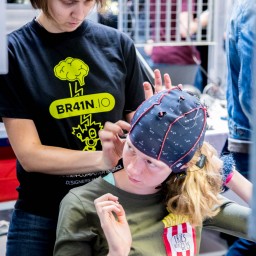 BR41N IO-Linz-2017-1600px-179
BR41N IO-Linz-2017-1600px-179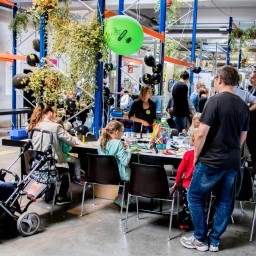 BR41N IO-Linz-2017-1600px-180
BR41N IO-Linz-2017-1600px-180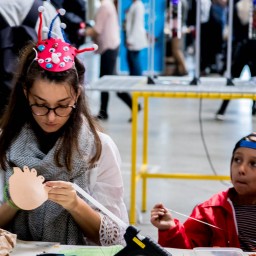 BR41N IO-Linz-2017-1600px-181
BR41N IO-Linz-2017-1600px-181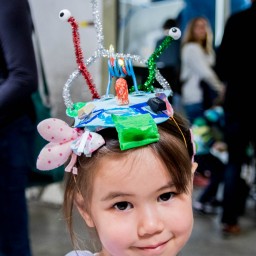 BR41N IO-Linz-2017-1600px-182
BR41N IO-Linz-2017-1600px-182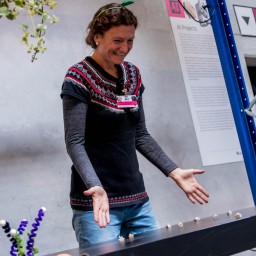 BR41N IO-Linz-2017-1600px-183
BR41N IO-Linz-2017-1600px-183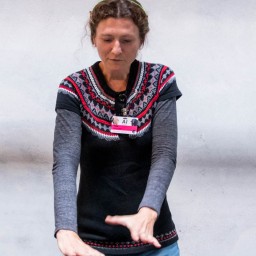 BR41N IO-Linz-2017-1600px-184
BR41N IO-Linz-2017-1600px-184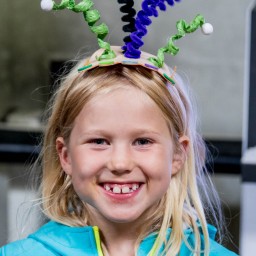 BR41N IO-Linz-2017-1600px-185
BR41N IO-Linz-2017-1600px-185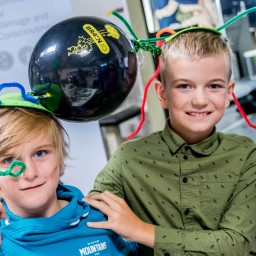 BR41N IO-Linz-2017-1600px-186
BR41N IO-Linz-2017-1600px-186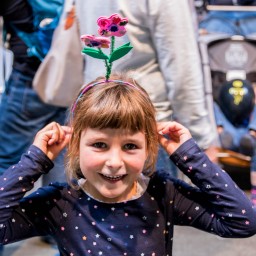 BR41N IO-Linz-2017-1600px-187
BR41N IO-Linz-2017-1600px-187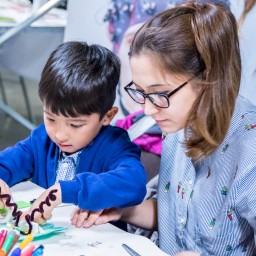 BR41N IO-Linz-2017-1600px-188
BR41N IO-Linz-2017-1600px-188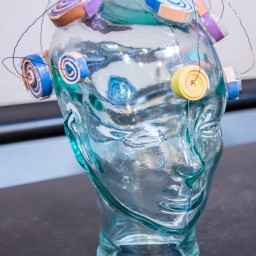 BR41N IO-Linz-2017-1600px-189
BR41N IO-Linz-2017-1600px-189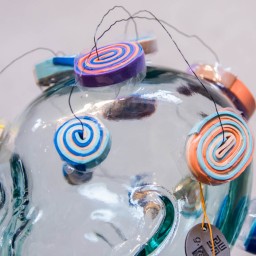 BR41N IO-Linz-2017-1600px-190
BR41N IO-Linz-2017-1600px-190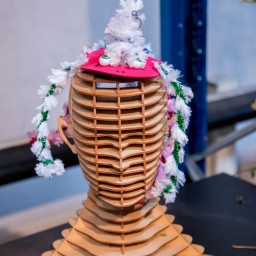 BR41N IO-Linz-2017-1600px-191
BR41N IO-Linz-2017-1600px-191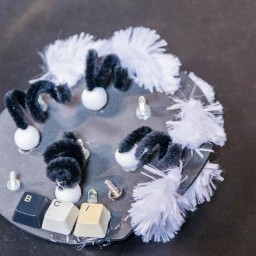 BR41N IO-Linz-2017-1600px-192
BR41N IO-Linz-2017-1600px-192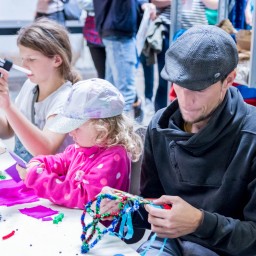 BR41N IO-Linz-2017-1600px-193
BR41N IO-Linz-2017-1600px-193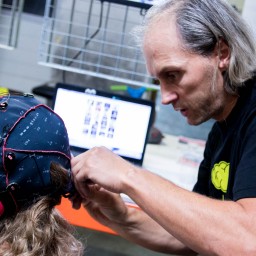 BR41N IO-Linz-2017-1600px-194
BR41N IO-Linz-2017-1600px-194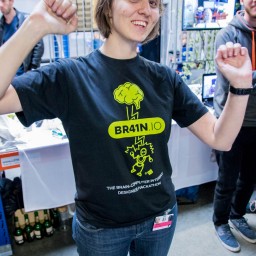 BR41N IO-Linz-2017-1600px-195
BR41N IO-Linz-2017-1600px-195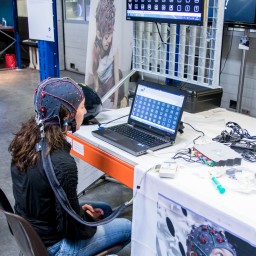 BR41N IO-Linz-2017-1600px-196
BR41N IO-Linz-2017-1600px-196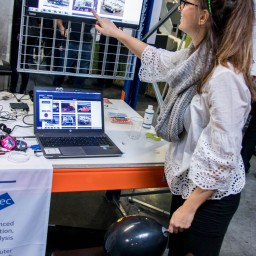 BR41N IO-Linz-2017-1600px-197
BR41N IO-Linz-2017-1600px-197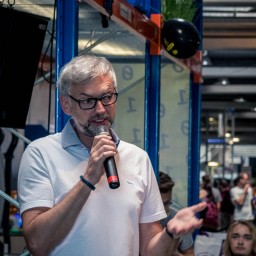 BR41N IO-Linz-2017-Ceremony-1600px-1
BR41N IO-Linz-2017-Ceremony-1600px-1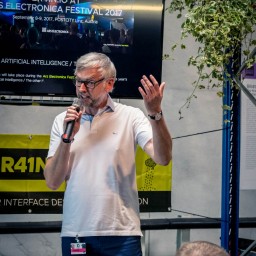 BR41N IO-Linz-2017-Ceremony-1600px-2
BR41N IO-Linz-2017-Ceremony-1600px-2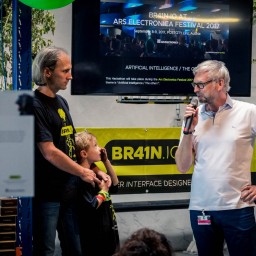 BR41N IO-Linz-2017-Ceremony-1600px-3
BR41N IO-Linz-2017-Ceremony-1600px-3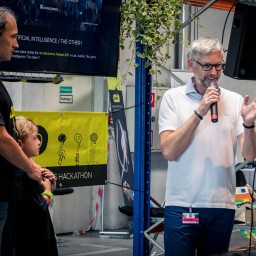 BR41N IO-Linz-2017-Ceremony-1600px-4
BR41N IO-Linz-2017-Ceremony-1600px-4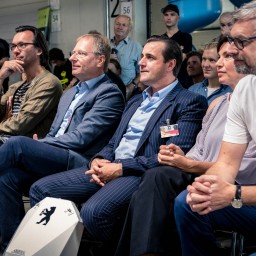 BR41N IO-Linz-2017-Ceremony-1600px-5
BR41N IO-Linz-2017-Ceremony-1600px-5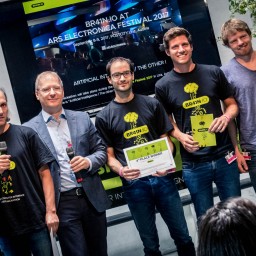
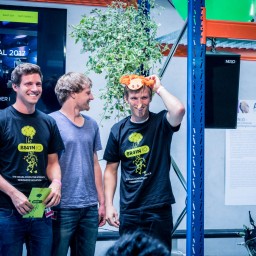 BR41N IO-Linz-2017-Ceremony-1600px-7
BR41N IO-Linz-2017-Ceremony-1600px-7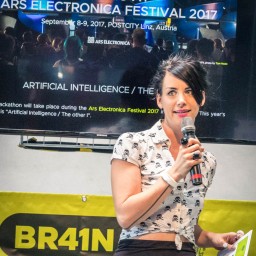 BR41N IO-Linz-2017-Ceremony-1600px-8
BR41N IO-Linz-2017-Ceremony-1600px-8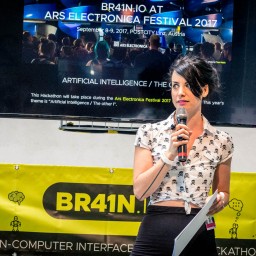 BR41N IO-Linz-2017-Ceremony-1600px-9
BR41N IO-Linz-2017-Ceremony-1600px-9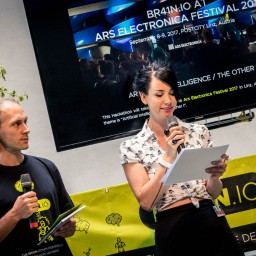 BR41N IO-Linz-2017-Ceremony-1600px-10
BR41N IO-Linz-2017-Ceremony-1600px-10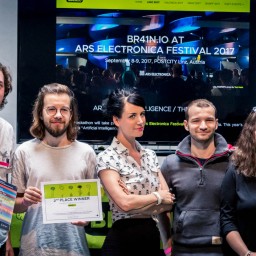 BR41N IO-Linz-2017-Ceremony-1600px-11
BR41N IO-Linz-2017-Ceremony-1600px-11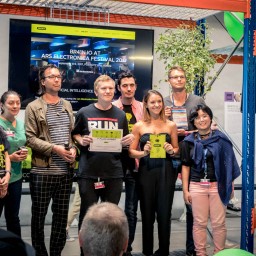 BR41N IO-Linz-2017-Ceremony-1600px-12
BR41N IO-Linz-2017-Ceremony-1600px-12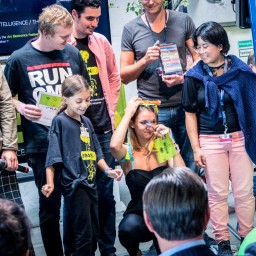 BR41N IO-Linz-2017-Ceremony-1600px-13
BR41N IO-Linz-2017-Ceremony-1600px-13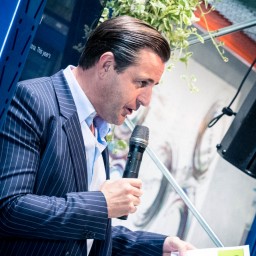 BR41N IO-Linz-2017-Ceremony-1600px-14
BR41N IO-Linz-2017-Ceremony-1600px-14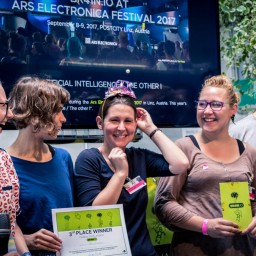 BR41N IO-Linz-2017-Ceremony-1600px-15
BR41N IO-Linz-2017-Ceremony-1600px-15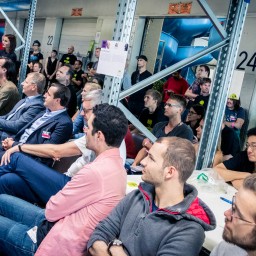 BR41N IO-Linz-2017-Ceremony-1600px-16
BR41N IO-Linz-2017-Ceremony-1600px-16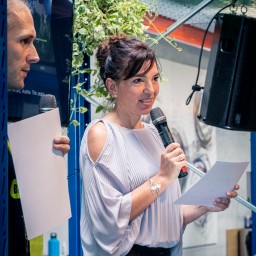 BR41N IO-Linz-2017-Ceremony-1600px-17
BR41N IO-Linz-2017-Ceremony-1600px-17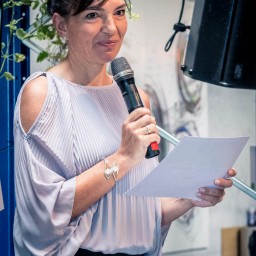 BR41N IO-Linz-2017-Ceremony-1600px-18
BR41N IO-Linz-2017-Ceremony-1600px-18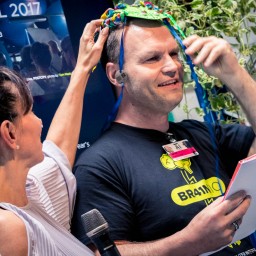 BR41N IO-Linz-2017-Ceremony-1600px-19
BR41N IO-Linz-2017-Ceremony-1600px-19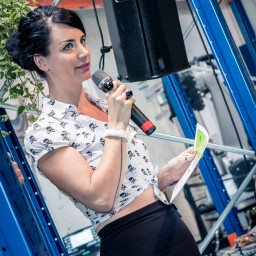 BR41N IO-Linz-2017-Ceremony-1600px-20
BR41N IO-Linz-2017-Ceremony-1600px-20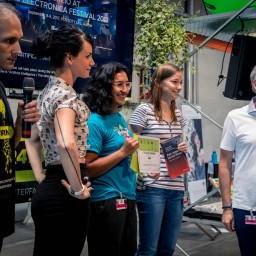 BR41N IO-Linz-2017-Ceremony-1600px-21
BR41N IO-Linz-2017-Ceremony-1600px-21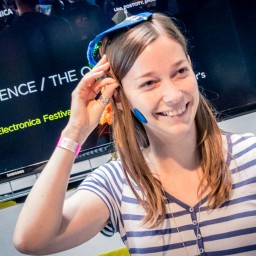 BR41N IO-Linz-2017-Ceremony-1600px-22
BR41N IO-Linz-2017-Ceremony-1600px-22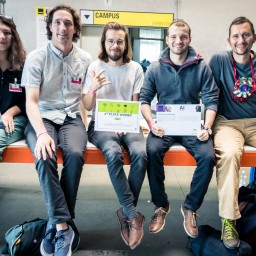 BR41N IO-Linz-2017-Ceremony-1600px-23
BR41N IO-Linz-2017-Ceremony-1600px-23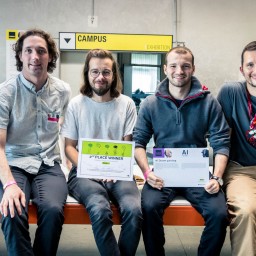 BR41N IO-Linz-2017-Ceremony-1600px-24
BR41N IO-Linz-2017-Ceremony-1600px-24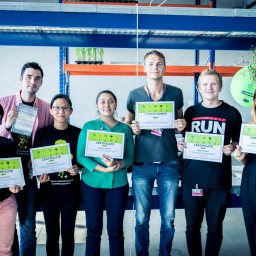 BR41N IO-Linz-2017-Ceremony-1600px-25
BR41N IO-Linz-2017-Ceremony-1600px-25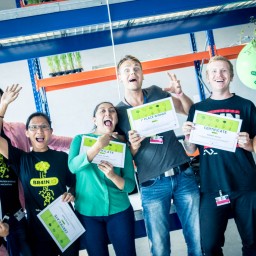 BR41N IO-Linz-2017-Ceremony-1600px-26
BR41N IO-Linz-2017-Ceremony-1600px-26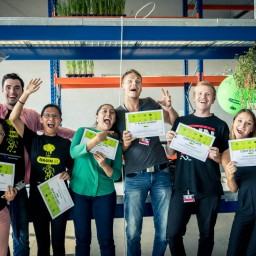 BR41N IO-Linz-2017-Ceremony-1600px-27
BR41N IO-Linz-2017-Ceremony-1600px-27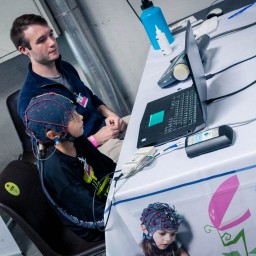 BCI-A1K1-2017-1600px-1
BCI-A1K1-2017-1600px-1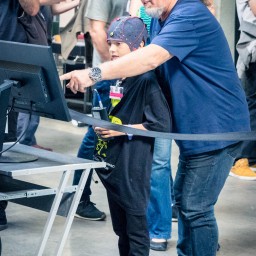 BCI-A1K1-2017-1600px-2
BCI-A1K1-2017-1600px-2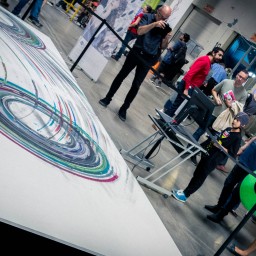 BCI-A1K1-2017-1600px-3
BCI-A1K1-2017-1600px-3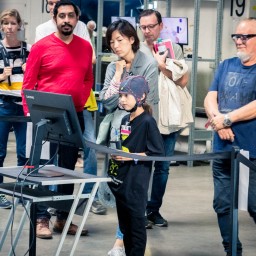 BCI-A1K1-2017-1600px-4
BCI-A1K1-2017-1600px-4 BCI-A1K1-2017-1600px-5
BCI-A1K1-2017-1600px-5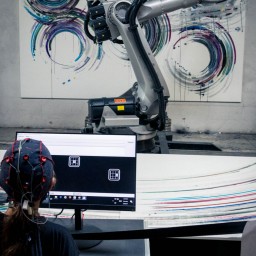 BCI-A1K1-2017-1600px-6
BCI-A1K1-2017-1600px-6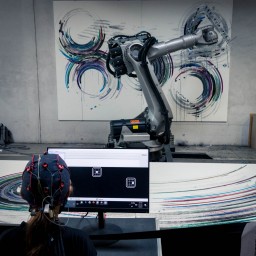 BCI-A1K1-2017-1600px-7
BCI-A1K1-2017-1600px-7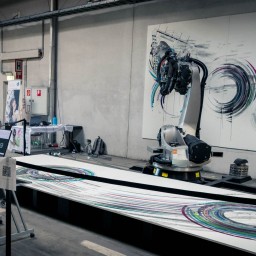 BCI-A1K1-2017-1600px-8
BCI-A1K1-2017-1600px-8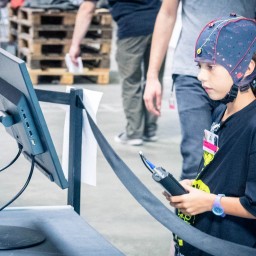 BCI-A1K1-2017-1600px-9
BCI-A1K1-2017-1600px-9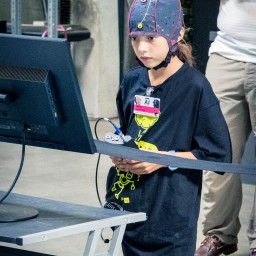 BCI-A1K1-2017-1600px-10
BCI-A1K1-2017-1600px-10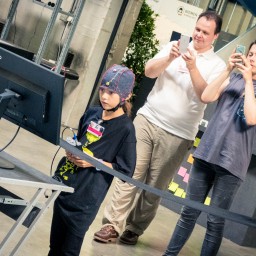 BCI-A1K1-2017-1600px-11
BCI-A1K1-2017-1600px-11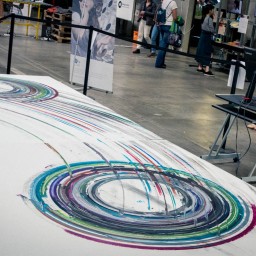 BCI-A1K1-2017-1600px-12
BCI-A1K1-2017-1600px-12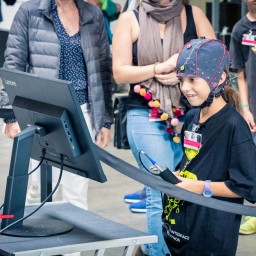 BCI-A1K1-2017-1600px-13
BCI-A1K1-2017-1600px-13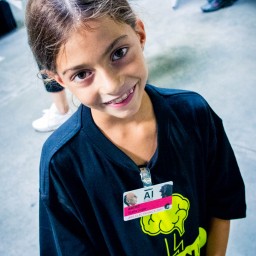 BCI-A1K1-2017-1600px-14
BCI-A1K1-2017-1600px-14
Have a look at the photos of Ars Electronica: Ars Electronica Festival 2017
Tom-Mesic.jpg)

